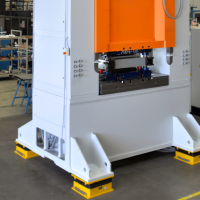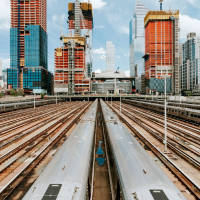Blog Archive - Categories
In our blog you can find out what is coming up at GERB in the near future and
what has been going on in the past few weeks.
Here we want to keep you informed about events and promotions – feel free to browse!



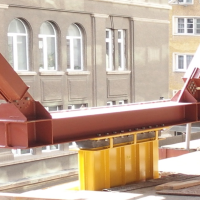
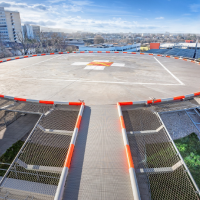


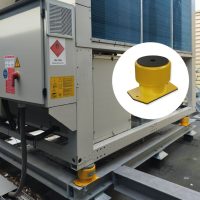

Blog – Archive
In our blog you can find out what is coming up at GERB in the near future and
what has been going on in the past few weeks.
Here we want to keep you informed about events and promotions – feel free to browse!








Blog Archive –
Categories
In our blog you can find out what is coming up at GERB in the near future and
what has been going on in the past few weeks.
Here we want to keep you informed about events and promotions – feel free to browse!








